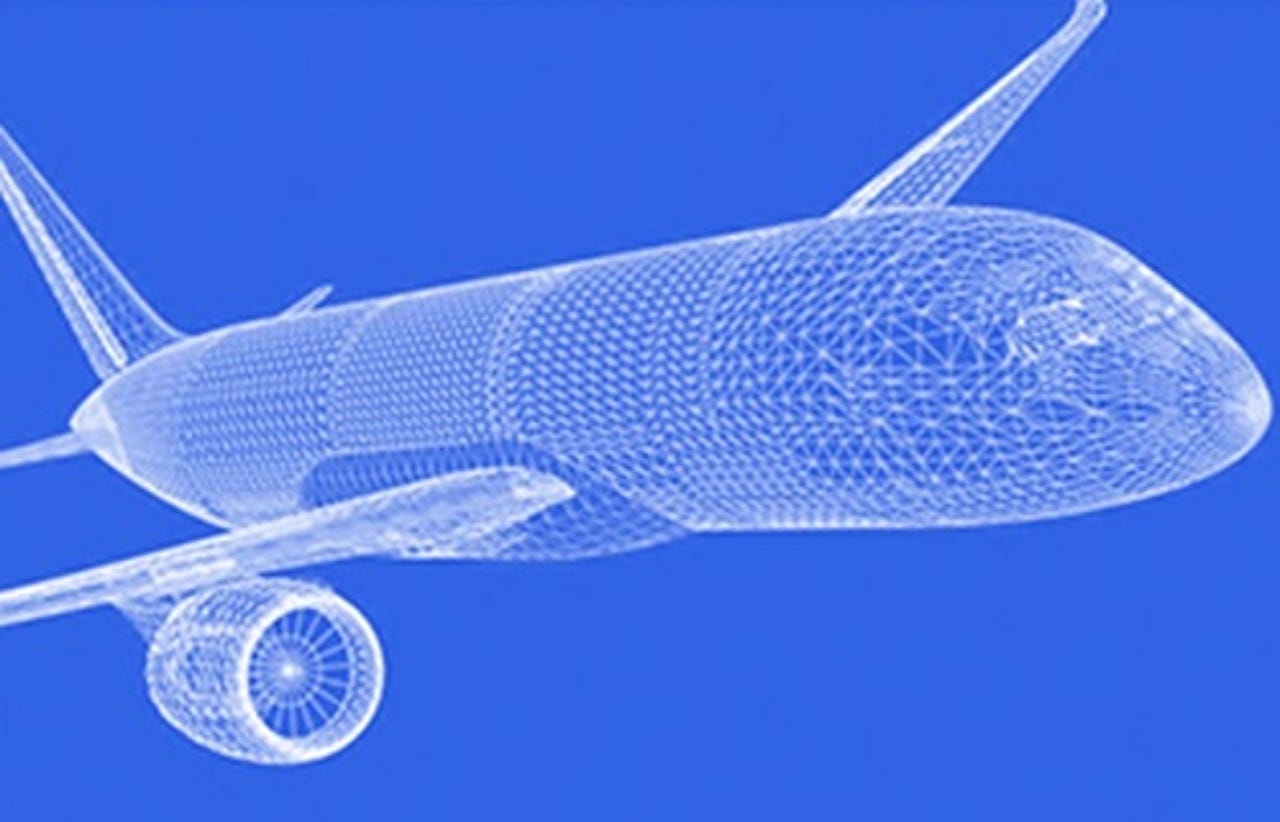CSIRO and Boeing ink five-year AU$41 million R&D deal


The Commonwealth Scientific and Industrial Research Organisation (CSIRO) and Boeing have jointly signed a new five-year agreement to invest up to AU$41 million across "areas of mutual interest".
According to CSIRO chief technical advisor to Boeing Shravan Singh, the next few years will see the organisations ramp up projects focused on using AI, machine learning, and creating digital twins.
"The next five years will see our science really move the needle on innovation to create sustainable solutions that deliver the great challenge of lowering emissions while expanding our economy at the same time -- but that's what science does."
"There is also huge potential to use CSIRO's deep expertise in sustainability to reduce environmental impacts right across the value chain from airplane manufacturing, right through to optimising times around flight operations."
This new deal would make it Boeing's largest R&D operation outside of the US. It also builds on a 32-year relationship between the two organisations that has resulted in the investment of more than AU$200 million on joint research projects, such as CSIRO's Paintbond technology being applied to all of Boeing's commercial airliners since 2016.
"Our new multi-year agreement with CSIRO will lead to a more sustainable aviation industry, building upon our decades-long partnership that has already produced so many significant advancements for Boeing and our customers," Boeing chief engineer Greg Hyslop said.
Boeing has formed similar R&D partnerships with other Australian organisations including the Department of Defence's autonomous research centre, the Trusted Autonomous Systems Defence Cooperative Research Centre (DCRC), to develop AI technologies for unmanned systems for military operations.
The aerospace giant also previously signed on as Australian Space Agency partner to offer support around investments in R&D, innovation, STEM education, and government programs.